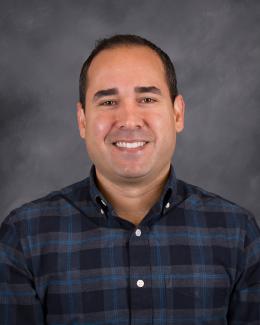Abstract
This project studied the capabilities of Model-Based Image Reconstruction (MBIR) and Machine Learning (ML) algorithms in the imaging and estimation of rebar corrosion from ultrasound signals. The application was challenging due to the introduction of a steel liner between the sensor and the concrete containing the rebar. The study focused in a synthetic specimen with a 6.35 mm thick steel liner, and a 19.05 mm diameter rebar at a depth of 44.5 mm and with four levels of corrosion; 0%, 20%, 50%, and 100% corrosion level. The corrosion was applied uniformly around the rebar, generating a ring in the perimeter of the rebar with different acoustic density. In order to generate a realistic synthetic dataset, we added random texture to the concrete of the synthetic specimens. This texture will mimic the variations encountered in real concrete specimens.
We adapted our MBIR algorithm for the application and enhanced the algorithm to integrate in the physical model known specimen features, such as the steel liner thickness. The new MBIR method was able to cancel out reverberation from the steel liner and properly image the rebar. In particular, corrosion for the 50% and 100% cases were easily visible and quantitative metrics showed a slight separation for the 0% and 20% levels. The quantitative results were in agreement with the qualitative assessment. We also developed a ML XGBoost model to estimate corrosion level from the ultrasound signals. By combining the ML method with MBIR, we can pinpoint in the ultrasound signals the section that corresponds to the echoes from the rebar. The extract signals are processed by the XGBoost model for prediction. From each system scan, we obtain 15 predictions. The median prediction value is used as the final prediction. The True Acceptance Rate for the method is over 99%.



